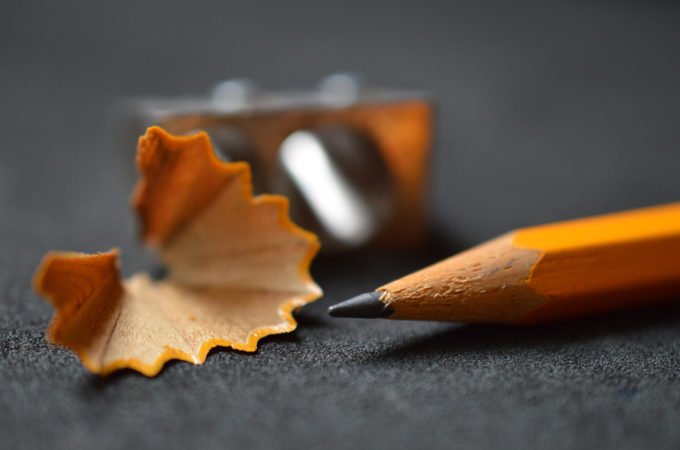Today’s blog was written by Courtney Lanthier, Law Clerk at Fasken LLP.
As I’m sure many of us know, it can be very easy to accumulate “things” over the years, and sometimes we really only discover how much we actually have during a move, or when cleaning out the contents of a loved one’s home after their passing. Being an ‘acquiror’ of things – memorabilia for a favourite sports team, beautiful pieces of jewellery or even dinnerware sets used on special occasions – is part of being someone with hobbies and interests that differentiate you from others. It is important, however, to make sure that if you want to ensure certain people receive specific items on your death, that they are properly dealt with in your estate plan. Doing so can avoid potential issues arising among beneficiaries or family members, as well as provide your executor with some instruction (either formally or informally) on how things should be distributed.
There are a few different ways in which this can be accomplished:
- Memorandum of Wishes – Binding vs Non-Binding
A binding memorandum is a document that is incorporated into the Will by reference. It is typically signed and dated either before the Will is signed, or at the same time. Whenever a binding memorandum is amended, the Will would also need to be amended to ensure the appropriate memorandum is referenced in the Will.
This type of memorandum would provide certainty of your intentions, since it is something the executor is required to follow. If there are specific items that you absolutely want to go to certain people (or in some cases, want to make sure things do not to go to certain people) a binding memorandum is the way to go.
Specific items can also be set out in the body of the Will, but similarly to amending the memorandum, if the testator wishes to change a recipient of a specific gift, the Will would need to be re-drafted, or a Codicil would need to be prepared to amend the bequest. This route also would provide you with absolute certainty that the specific gifts in the Will are going to your designated people.
A non-binding memorandum is simply the opposite of a binding memorandum. Reference is made in the Will to a potential memorandum that may be left with your personal papers, but a document is not specifically listed. It should be noted that this type of memorandum is not legally binding on the executors, so they are not legally obligated to distribute the gifts as noted in the memorandum. However, it can be useful if you intend to acquire other pieces during your lifetime, and don’t want to have to update your Will or a binding memorandum every time you do so. You may also trust your executors to follow through on your wishes. A non-binding memorandum can also be handy if, at the time of signing your Will, you don’t have a memorandum ready or you need more time to think about things, and don’t want to hold up the Will process.
- Processes for Distributing in the Will
If there are items where there are no specific instructions for distributing, but you still want to make sure the selection of such items is fair among family members, a process for the selection of items can be set out in the Will, such as:
A selection in rounds – in the first round, the eldest child chooses a piece first, followed by the next eldest, and so on until the youngest child chooses. Then in the next round, the second eldest child chooses first, then the youngest, and so on. This process would continue until all pieces are chosen. As in most cases, if there is any piece where there is a disagreement among children, the executors must use their discretion to decide how the piece is dealt with.
Similar to the above, a method of drawing straws could also be used, wherein straws of differing lengths are put in a pot, each child draws a straw, and the child with the longest straw chooses first, followed by the second longest, and so on, until all pieces are chosen.
A selection by auction – in some cases, items could go through a process similar to a silent auction, where family members submit bids for specific items and the highest bid gets to purchase the item from the estate for that amount. The proceeds from the sale of the items would then form part of the residue of the estate.
No matter the route you decide to take, providing some sort of instruction for the distribution of sentimental and/or valuable items may help to lessen any disagreements that can arise among family members when administering an estate. After spending many years collecting things, ensuring they go to someone who will take as much care and get as much joy from them as you may have, can be a comforting thought when preparing your estate plan.


1 Comment
Evelyn C. Adams
June 16, 2023 - 10:02 pmThis is good information, and coming at the right time for me. Just made a new will and signed it today. Lawyer said to write a memo of my wishes for my personal effects but it was not referenced in the will. I will do so and place the memo with my will.
I WOULD LIKE TO ASK: Is a person’s will registered with a court in Ontario as it is in Quebec? My lawyer said “no’. he said to leave it in a place in my home and tell the executor where it is located.